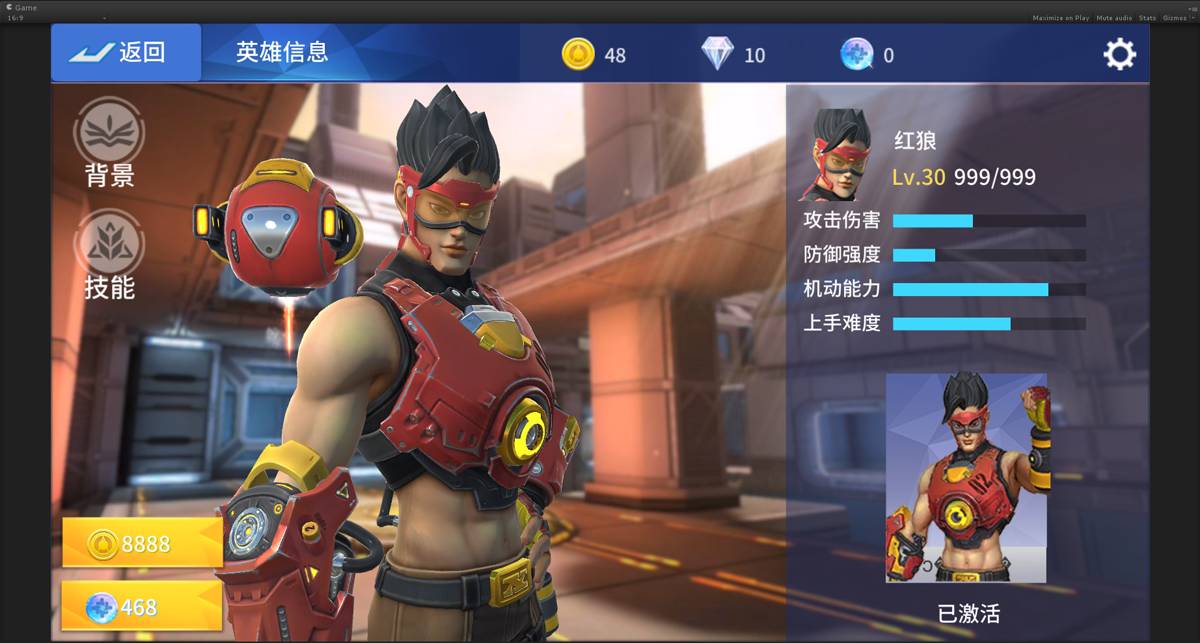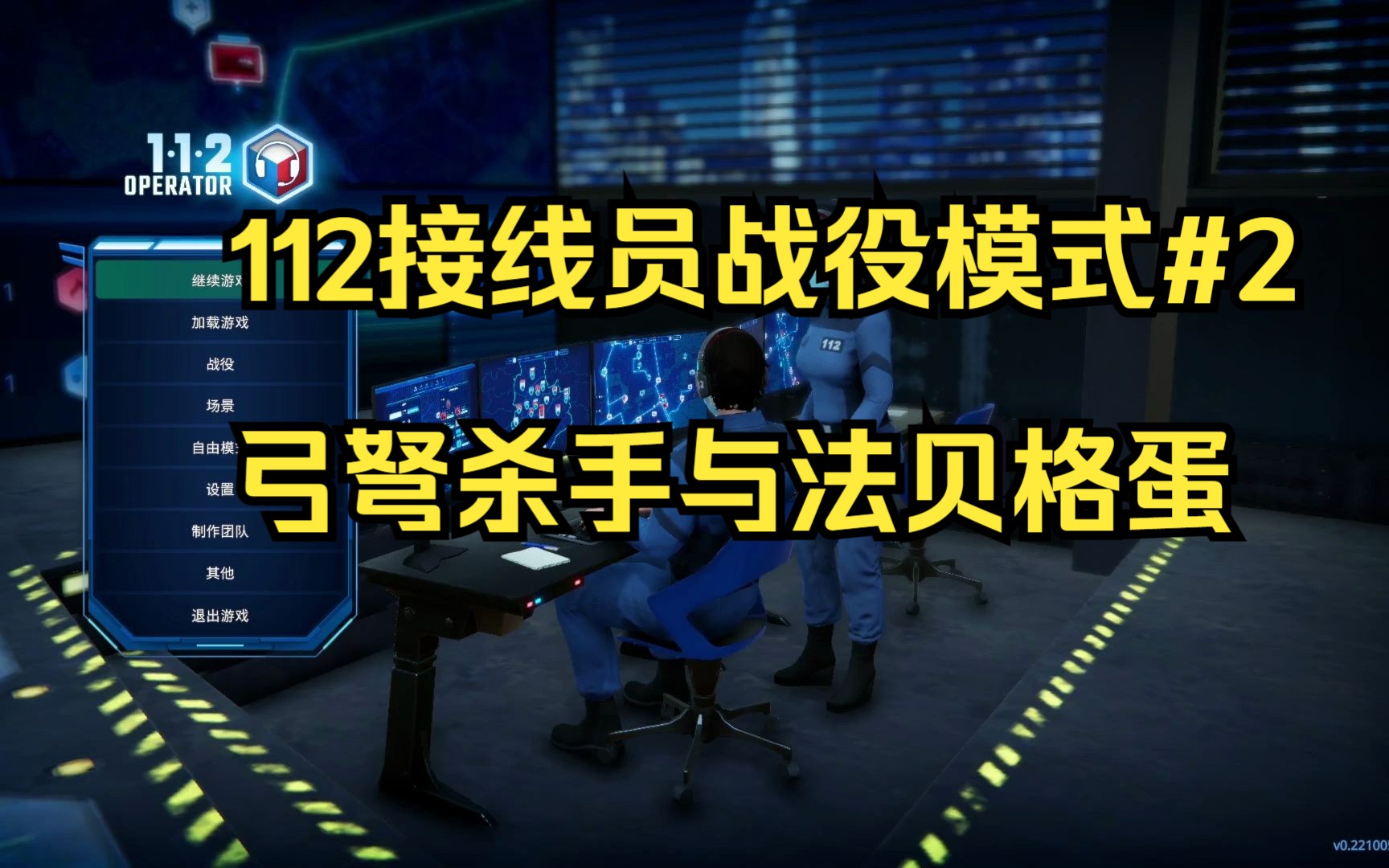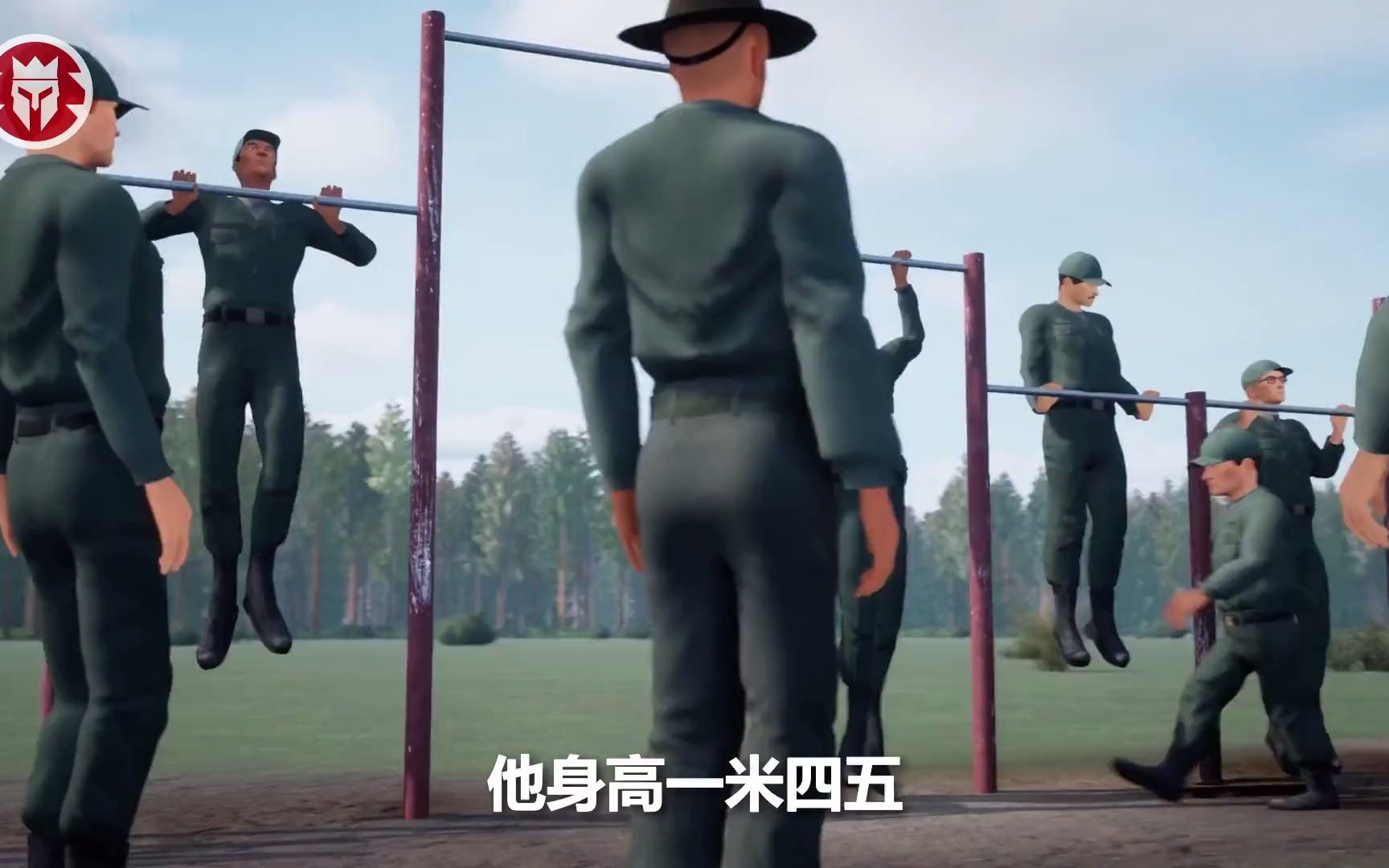5. The island is surrounded by rapids. Once anyone and items fall into the water, they will be washed to the Blind Island.
6. The island is surrounded by soft sand, which may collapse if it is stressed too much.
The cards received by the people on Pearl Island:
Task:
1. Equipment: a pair of chopsticks, a piece of newspaper, and a piece of tape. You are required to use these equipment to prevent the eggs from breaking when dropped from a high place.
2. Mathematical question: ABCDE*3=EDCBA, what are A, B, C, D and E?
3. Use certain physical principles and equipment to gather all people on an island.Time: 30 minutes
rule:
1. The island is surrounded by rapids. Once anyone and items fall into the water, they will be washed to the Blind Island.
2. The island is surrounded by soft sand and may collapse under excessive force.
4. Key points of activity experience:
1. The Island of the Blind, the Island of the Mute, and the Island of the Common People each have their own advantages, but they also have their own strengths and weaknesses. Each level is equivalent to the grassroots level, middle level, and decision-making level in a team;
2. The middle-level people (dumb people) blindly seek communication from the grass-roots level (blind people), but lack reporting and communication with the decision-making level (sighted people). Middle-level managers should promptly report problems that they cannot solve to the decision-making level;
3. The decision-makers (normal people) are troubled by trivial matters and cannot make scientific decisions;
4. The grassroots (blind people) are helpless in the whole "game". As a team, it is very important to clarify the goals and tasks of a team!
3. Review and summary.
The review after the activity will help students digest, sort out, and improve their training experience in order to achieve the specific purpose of the activity. Summary enables trainees to transfer the training gains to work to achieve the overall training objectives.
After the team project, have a relaxed discussion. You can discuss whether you devote yourself wholeheartedly to the activity, whether you challenge and cross your own psychological limits in difficult projects, how to show your personality during group activities, whether you get a peak experience, and what you gain through collective expansion training. .
3. Precautions
1. It is strictly forbidden for individuals to act alone. Any individual must obey the arrangements, put the overall situation first, and adhere to the principle of the minority obeying the majority. Any adverse consequences caused by an individual's failure to comply with discipline shall be borne by the individual himself.
2. Please pay attention to environmental protection when conducting activities, clean up the site after the event, and maintain the safety of campus public facilities.
3. On-site staff are obliged to stop any hazardous activities at any time.
4. Activity principles
1. Principle of autonomy: The main body of the activity is the students participating in it. The design and implementation of the activity must be participant-centered, and the autonomy of the participants must be fully respected.
2. Openness principle: Participation in activities is not restricted by majors, grades and departments. Students are encouraged to conduct large-scale exchanges, and students with different professional backgrounds and different ages can communicate with each other.
3. Principle of diversity: The types of activities are diverse and the participants are diverse.
5. Flexibility principle: In the process of implementing the plan, there is no need to evaluate hard indicators, focus on participation, pursue real learning, and advocate the use of humanized standards to evaluate the performance of participants, so that participants can experience the joy of being recognized after completing their goals. Feel.
5. Activity time:
To be determined
6. Activity location:
To be determined
7. Budget:
slightly
Development training plan 4
The quality development training for college students aims to fully implement the party’s education policy, comply with the requirements of the “Four Unifications”, adhere to the principles of facing modernization, facing the world and facing the future, with cultivating the comprehensive quality of college students as the core, and stimulating the spirit of innovation and practical ability as the core. The focus is to universally improve the humanistic and scientific literacy of college students, so that they can become builders and successors of the socialist cause who are "ideal, moral, cultural, and disciplined" in all aspects of morality, intelligence, physical and aesthetic development.
Outward-bound training, also known as outreach training (bound), originally means a small boat sailing away from a calm harbor and heading into the unknown journey without hesitation to meet challenges one after another. This training originated in Britain during World War II. At that time, the Atlantic commercial fleet was repeatedly attacked by the Germans, and many inexperienced young sailors were buried at the bottom of the sea. In response to this situation, Hans and others founded the "Aberdulway Sea School" to train young sailors in their survival abilities at sea and shipbuilding. Their physical and willpower have been tempered by their survival skills after running aground on the rocks. After the war, many believed this training could still be retained. As a result, the unique creativity and training methods of expansion training were gradually promoted, and the training targets were expanded from the original sailors to various groups such as soldiers, students, industrial and commercial personnel, etc. The training objectives have also expanded from simple physical fitness and survival training to psychological training, personality training, management training, etc.
Training usually has the following three links:
1. Team warm-up. At the beginning of the training, team warm-up activities will help deepen the mutual understanding between trainees, eliminate tension, and build a team so that they can participate in various training activities easily and happily.
2. Team project. The team project aims to improve the trainees' sense of cooperation and the team spirit of the trainees. Through complex and arduous activities, it promotes mutual trust, understanding, tacit understanding and cooperation among the trainees.
3. Review and summary. The review will help students digest, sort out, and improve their training experience in order to achieve the specific purpose of the activity. Summary enables trainees to transfer the training gains to work to achieve the overall training objectives.
The salient features of expansion training are:
1. Comprehensive mobility. All projects of the expansion training are guided by physical activities, triggering cognitive activities, emotional activities, volitional activities and communication activities. There are clear operation processes and require students to devote themselves wholeheartedly.
2. Challenge the limits. The expansion training projects all have a certain degree of difficulty, which is reflected in the psychological test. It requires students to challenge the limits of their abilities and cross the "limits".
3. Personality in the group. Expansion training implements group activities and emphasizes collective cooperation. We strive to make every student try his best to win honor for the group, and at the same time draw huge strength and confidence from the group and show their individuality in the group.
4. Peak experience. After overcoming difficulties and successfully completing task requirements, students can experience a heartfelt sense of victory and pride and gain a rare peak experience.
5. Self-education. The instructor only explains the content, purpose, requirements and necessary safety precautions of the course to the students clearly before class. They generally do not explain or participate in discussions during the activities, fully respecting the students' dominant position and subjective initiative.
6. Through expansion training, participants have significantly improved in the following aspects: understanding their own potential, enhancing self-confidence, and improving their own image; overcoming psychological inertia, honing perseverance to overcome difficulties; inspiring imagination and creativity, and improving problem-solving ability; understand the role of the group, enhance the sense of participation and responsibility for the collective; improve interpersonal relationships, learn to care, and cooperate with the group more harmoniously; learn to appreciate, pay attention to and care for nature. ,
1. Purpose of the activity:
1. Stimulate students' sense of teamwork and enhance collective cohesion.
2. Inspire and strengthen them to use and develop team wisdom and enhance collective creativity.
3. Inspire students' creativity and realize the importance of planning and response.
2. Activities:
1. Island Survival: Let participants understand the importance of cooperation, use teamwork and thinking to solve problems, and understand their personal position in the team.
2. Shuttlecock competition: exercise the spirit of collective cooperation. Communicate the tacit understanding between each other, improve the awareness of teamwork, and build mutual trust among members.
3. Blowing balloons together: Through the game, everyone realizes the importance of teamwork; enhances the collective awareness of cooperation and builds mutual trust among team members; the completion of mobile activities is conducive to stimulating the enthusiasm of members and making the group full of vitality.
4. Happy challenge: Help participants realize the importance of teamwork and improve collaboration skills; exercise to improve their physical agility and responsiveness.
5. The first to enter Xianyang is king: the importance of establishing behavioral norms; clarifying team roles and enhancing communication skills; improving decision-making and leadership skills, and understanding the importance of coordination within the team.
6.Serve-receiving competition: enhance the awareness of teamwork and train participants’ physical coordination
3. Event time: November 29, 20xx
4. Activity location: Huangshan University South District Plastic Sports Center
5. Things to note: 1. Individuals are strictly prohibited from acting alone. All individuals must obey arrangements, put the overall situation first, and adhere to the principle of the minority obeying the majority. Any adverse consequences caused by an individual's failure to comply with discipline shall be borne by the individual himself. On-site staff are obliged to stop any hazardous activities at any time. 2. Please pay attention to environmental protection when conducting outdoor activities, clean up the site after the activity, and maintain the safety of campus public facilities.
6. Budget: 150 yuan.
7. Activity principles
1. Principle of autonomy: The main body of the activity is the students participating in it. The design and implementation of the activity must be participant-centered, and the autonomy of the participants must be fully respected.
2. Principle of openness: participation in activities is not restricted by majors, grades, and departments. Students are encouraged to conduct large-scale exchanges, and students from different professional backgrounds and ages can communicate with each other.
3. Principle of Diversity: The types of activities are diverse and the participants are diverse.
5. Flexibility principle: In the process of implementing the plan, there is no need to evaluate hard indicators, focusing on participation, pursuing real learning, and advocating the use of humanized standards to evaluate the performance of participants, so that participants can experience the feeling of being recognized after completing the joy of completing their goals.
Carrying out quality development training activities for college students is conducive to forming a positive orientation for college students to consciously participate in quality education, and is conducive to mobilizing resources from all aspects to serve the improvement of college students' comprehensive quality. Activities can help participants develop their potential and build confidence in their own abilities, allowing students to realize their role in the team in a happy way, so that they can actively and responsibly participate in team work.
Development training plan 5
Water can carry a boat or capsize it. Employees are the foundation of an enterprise and the cornerstone of a company. This time, xx Outdoor Base Camp specially planned an outdoor development training activity program for the employees of xx unit to enhance team cohesion and enhance team collaboration capabilities.
Activity theme: Unite you and me to create a “winning” team
Purpose of the event: Through this team building, we will break down the barriers between departments, improve communication between departments, and enhance the cohesion of the company.
Participants: Members of various departments
Event location: xx Tianyuan Farm, xx Island xx Farm, xx Farm, xx Fruits and Vegetables, xx Farm
Activity process:
8:00-9:00 Gather and go to the activity base (self-driving or bus)
9:00-9:30 Ice-breaking and setting sail, warm-up groups, active atmosphere
9:30-10:40 Expansion project: Invincible Hot Wheels. Test the initiative of organizational members, the importance of establishing a collective rhythm for the team, and the tacit understanding between individuals and the team.
10:40-12:00 Expansion project: Graduation Wall.Self-management and positioning, helping others progress and grow, the spirit of being willing to work on others, teamwork and collaboration
12:00-13:30 Dinner and afternoon rest at the farm
13:30-14:30 Expansion project: Bravely brave the minefield.Build confidence, challenge yourself, resilience and perseverance are key
14:30-16:30 Four entertainment activities: real-life CS, archery, boating, and novelty cars
16:30-17:00 Activity summary, students share, take photos, and return happily
Development training plan 6
Design ideas and principles
This training will be designed according to the four modules of team formation-run-in-growth-maturity.
The first stage of the creation camp: find the source of personal and team passion/break the inner barriers among members/establish the core of the team;
The second stage of the melting camp: build team trust/create a team communication platform/resolve team conflicts;
The third stage of the challenge camp: Breaking self-imposed limitations/finding team potential/team self-goal setting and breakthrough/team collaboration;
Phase 4 Excellence Camp: Allow leadership to be handed over to others/encourage connections outside the team/accommodate differences of opinion/break routines.
Training process
07:30-09:30 [Gather and depart—head to xxxx]
09:30-12:30 [Team Creation—Building an Excellent Team]
12:30-13:30 [Replenish energy-lunch, rest]
13:30-16:30 [Scenic Area Tour—xx Special Experience]
16:30-17:00 [Summary and sharing—take a photo]
Excellent Team–Creation Chapter
Project name: Break the ice and set sail
Project introduction: Icebreaking is to break the barriers between people, create a good communication atmosphere, and stimulate enthusiasm and fighting spirit. Get to know yourself, understand the team and quickly integrate into the team through a series of carefully designed team games.
Team building: All students are evenly divided into several groups through random grouping. Each group is required to have an equal proportion of men and women and be familiar with each other's names. Take the initiative to find your own team and get into the zone quickly.
Zhuoyuan Team–Smelting Chapter
Project name: Passion 100%
Project introduction: This is a team-centered combination athletics project, including: Inspiring Voices, Not Falling Down the Forest, Pipe Passing, and Passionate Beats. Each group completed 4 intense and interesting team projects to test the tacit understanding and communication and collaboration skills of each team member.
Training goal: to achieve possible successful results when everyone thinks it is impossible; time is about to pass in the blink of an eye. It is difficult to complete one task, let alone four? Then come and experience the power of the team! Not only can we Completed, and more successful than imagined, come and experience the excitement of the challenge! Everything is possible! Let your imagination turn into reality, let your thoughts turn into actions—only you can't think of it, nothing is impossible!
Excellent Team–Communication
Project name: Rapid Sixty Seconds
Project introduction: 30 pieces of unknown digital information are placed in a restricted area (closed environment); the task of each group member is to enter the restricted area four times and complete a rope loop within 60 seconds each time. The digital information cards from 1 to 30 are handed over to the trainer in accordance with all the requirements in sequence; only one team member is allowed to move in the restricted area.
Training objectives: 1. Experience high-speed cooperation and the great joy of team success; 2. Reasonable division of labor, effective planning, and strong execution within the team; 3. The wisdom of the team is individual differences, and only individual differences can be combined 4. When we get together, these differences will bring great wisdom to the team; 5. Competition is not the goal, a win-win situation may be the best choice;
Excellent Team–Challenge
Project name: Dragon Boat Racing
Project introduction: Dragon boat competition, also known as dragon boat racing, dragon boat rowing, dragon boat regatta, etc., is a mass entertainment activity with strong Han folk culture in Chinese history. A sport of daring spirit.
Training objectives: The team members are required to trust each other, make reasonable use of information for teamwork and cooperation, and improve the team members' ability and skills in organization, communication and collaboration.
Excellent Team–Entertainment
Free Riding: Circle Riding
Animal viewing: horses, camels, ostriches, cows, sika deer, white rabbits, goats, pheasants, peacocks, wild ducks, etc.
Water activities: water bicycles, little swans, water zip lines, single kayaks, water flying saucers, speedboats, water bamboo rafts, etc.
Archery and darts: men's bows, women's bows, darts, Frisbees, bullfighters, balloons, etc.
Kart: The predecessor of the racing driver, experience the racing feeling of F1.
Synergy car: tests people's balance and coordination.
Various ball games: table tennis, basketball, badminton, volleyball, tennis, etc.
Recreational activities: karaoke, hand football, billiards, chess, go, mahjong, darts, shooting machines, WII electronic games, etc.
Development training plan 7
1. Training purpose
1. Improve the organizational and command capabilities of department heads.
2. Improvement of team collaboration capabilities and strengthening of team collective consciousness
3. Cultivation of personal willpower and challenge of personal limits
4. Coordinated understanding of personal professionalism, team collaboration, company interests, and personal gains
At present, military expansion training has been adopted by more enterprises. In form, military expansion is the integration of military projects on the basis of outdoor expansion. In essence, it is a unique combination of military concepts and expansion technology, military thinking and enterprise management. The experiential training model has achieved good results in actual tests due to its unique training methods and teaching methods. The most fundamental purpose of military expansion training is to allow people to face, analyze and solve problems during the game. The most important thing is to let the participants find their own solutions to the problems and to let the participants realize that in the game When encountering powerful difficulties, individual strength is fragile. Only by uniting and cooperating to take action can we overcome difficulties. In this way, we can cultivate and shape employees' collective fighting ideology and teamwork spirit, further enhance their willpower and adaptability, so that everyone can be stable and stable in fierce competition and rapidly changing situations, and be positive and effective. Carry out work creatively and ultimately achieve the overall strategic goals.
2. Ideological mobilization
1. Special training
Expansion training is a special training course that is beneficial to enterprise development and personal growth.
1 item is of great significance in the current fierce market competition. Therefore, it is necessary to conduct special training before training. The training content is A. The spirit of "Bright Sword" and team building. B. Yamato Nation and Japanese Enterprises
2. Training and mobilization
Training mobilization is like mobilization before war. Whether the mobilization is effective will directly affect the direct effect of expansion training.
At present, the division of labor in various industries is clearer, the requirements for specialization are getting higher and higher, the market is constantly being refined and changing rapidly, the competition is extremely fierce, and the speed of technological innovation is very fast. Improvement, so anyone has the possibility of being surpassed and replaced at any time; in short, the game rules of the market economy make it impossible for anyone in any company to be alone. Survival of the fittest is inevitable. What lies ahead is a huge challenge. , is also an unprecedented opportunity.
At present, the company's personnel are generally younger and highly educated; in essence, it is a very viable team. However, due to the influence of management and personal mentality factors, work efficiency and team collaboration capabilities are not very ideal. In other words, The comprehensive ability of employees is not strong; therefore, training is very necessary. As far as the current technical and management capabilities of the company team are concerned, no one's comprehensive quality can be exempted from receiving training. The technical staff have average skills and other personnel have insufficient abilities and experience. Therefore, training is a good learning opportunity, which is very meaningful for the development of the company and the improvement of personal abilities.
An enterprise's routine, outdated and formatted management can no longer gain an advantage in the competition, nor can a person's normal working abilities and thoughts be adapted to it.
2. Meet the needs of current peer competition; therefore, if you want to stand out in the competition, you must constantly refine your own internal skills, improve your comprehensive capabilities, and also improve your professional technical level. Otherwise, you will be in danger of being surpassed and eliminated at any time. This point Businesses and individuals alike.
The purpose of organizing this expansion training is to let everyone form a tenacious and capable work style like a soldier. On the one hand, it is the need for the development of the unit. On the other hand, I believe that having such a good ideology will be a great asset in life. , you will benefit a lot in your long career. Ultimately, the activity is to shape our team's own team spirit, a team spirit that is brave in pioneering and innovative, good at division of labor and collaboration, high in efficiency, high output, high pursuit, and highly cohesive.
3. Activity content
The activity is divided into two groups, and each group is assigned a team leader who is responsible for the organization and command of the entire team, as well as all other matters. (The whole process is assessed using a points system)
1. Military culture and education (10 points)
The good combination of excellent military thinking and first-class modern business management concepts will produce huge competitive advantages. This kind of advantage cannot be created by any university. Due to the shortcomings of Chinese university education, schools only format some things. Copied to the students; so the real learning begins after work. This time, we selected some typical military combat cases, and through case analysis, employees can understand the organizational command art of the supervisor, the team's collaborative operations, and the tenacious will of the individual. What is the importance of strength in achieving high performance and high gains in the team period?
A typical case selects the key points of team spirit in "Bright Sword"
3 A. The character of the team leader and the art of organizing and commanding B. The character shaping of the team and corporate politics C. Personal qualities and team soil
D. The relationship between team collaboration (efficiency) and collective and personal interests
2. Queue training and queue counter-command training (10 points)
Cultivate overall awareness and uniform team behavior; make them realize that only by maintaining a consistent pace in team work can they achieve good performance. Each person's individual behavior will definitely affect the team's work performance. Warn yourself to always keep in line with the overall interests. consistent.
3. Singing competition (5 points)
Break through your own confinement, challenge yourself, dare to think and do, and use a good attitude to promote the development of the team. Exercise the ideological work ability and organizational command ability of department heads.
4. Emergency gathering: (performed from time to time) (15 minutes)
It mainly embodies the "orders and prohibitions" in the military. Orders must be followed and prohibitions must be prohibited at work; it makes them understand that only with good work discipline can they achieve good work performance and obtain gratifying gains.
5. Military willpower training (push-ups, leg raises) (15 points)
Challenge your own limits and realize that as long as you have tenacious perseverance, many things can be done and many difficulties can be solved; only by constantly breaking through your own limits and constantly challenging yourself can you avoid being violently Only by being eliminated by the competition (just not being eliminated) can we achieve greater success and gains. It is a very short-sighted mentality to be complacent just to be satisfied with the current small success.
6. Advance and retreat together (10 points)
Strengthen the impact of personal reaction speed on team reaction speed, making them realize that the team's ability to respond quickly to the market comes from everyone's efficient work style. It mainly reflects the good division of labor and efficient collaboration of team work.
7. 3000 Mila training (20 points)
While improving their own willpower, make them realize what impact personal performance will have on staged team work; what impact personal work efficiency will have on the overall progress speed of the team; enable a high-efficiency Working status to achieve a team work style of high efficiency, high output and high profit.
8. Orders and prohibitions. (20 points)
Process: Announcement of task objectives – Organizing activities in stages – Summary of activities – Reward for collective benefit reflection
4. Organization and implementation
Five steps of military expansion training
The premise of this learning method is that experience precedes knowledge, and at the same time, knowledge and meaning come from the experience of the participants. Each participant's experience is unique, because this learning process uses an inductive method rather than a deductive method. It is up to the participants to discover and summarize the knowledge provided during the experience.Step one: experience
5 All members participated. Participants engage in each activity and perform it in the form of observation, expression and action. This initial experience is the basis for the entire process.
Step 3: Think and communicate
Participate in discussions, exchanges and reflect on your own experience with other people. Review and think by yourself, analyze the advantages and disadvantages, and express them. You must speak.Step 4: Integration
At the end of the activity, a comprehensive analysis and discussion will be conducted, and each team leader will make a concluding speech; the trainer will summarize the results of all activities, announce the results of each team's activities, and reward the winner. To help participants further define and recognize the outcomes of the experience.Step 5: Apply
The final step is to plan how to apply these experiences in work and life. Think about how to apply the experience of activities to real life and work.
Development training plan 8
Course philosophy: Designed based on the principle of maximum psychological challenge and minimum physical risk, each activity is a great test for the trainee's psychological endurance. Through the guidance of professional trainers, the positive effects of building a team and improving personality can be achieved. effect.
schedule
08:30-09:30 Gather and go to xxxx expansion training base
09:30-10:30 Ice-breaking warm-up activities Purpose: to initially form a team atmosphere
10:30-12:00 Advance and retreat together, and travel thousands of miles. Purpose of the activity: team division of labor, team innovation, communication, team collaboration, team responsibility, and consistent steps
12:00-13:30 Lunch break. (Chinese food with all kinds of color, flavor and flavor, one table for ten people, nine dishes and one soup)
13:30-15:00 Warm-up game, high-altitude bridge breaking, activity purpose: potential development, breakthrough and challenge
15:00-16:00 Crossing the power grid, purpose of activity: building team cohesion
16:00-17:30 Graduation wall, purpose of the event: building team cohesion, team responsibility, sharing life and death, corporate team gratitude
17:30 Review and summary, express feelings, and take group photos. With the most real and happy memories of the day, I set off and returned in a happy mood!!!
Training fee: (all-inclusive price) xxx yuan/person;
The fee includes: [Chartered car transfer, lunch + dinner, expansion fee, accident insurance, drinking water, uniform training clothing]
[Expansion training plan (8 articles)] Related articles:
Expansion training motivational slogans 12-25
Reflection on teacher development training activities 10-04
How to evaluate the effectiveness of expansion training 03-15
Evaluation of the effectiveness of employee development training 03-15
Campus football training plan 01-21
Fire Squadron Winter Training Plan 01-20
[Selected] 8 training plans 01-03
[Selected] 5 training plans 01-02
Six training plan templates 01-02
About the training plan nine articles 01-01








